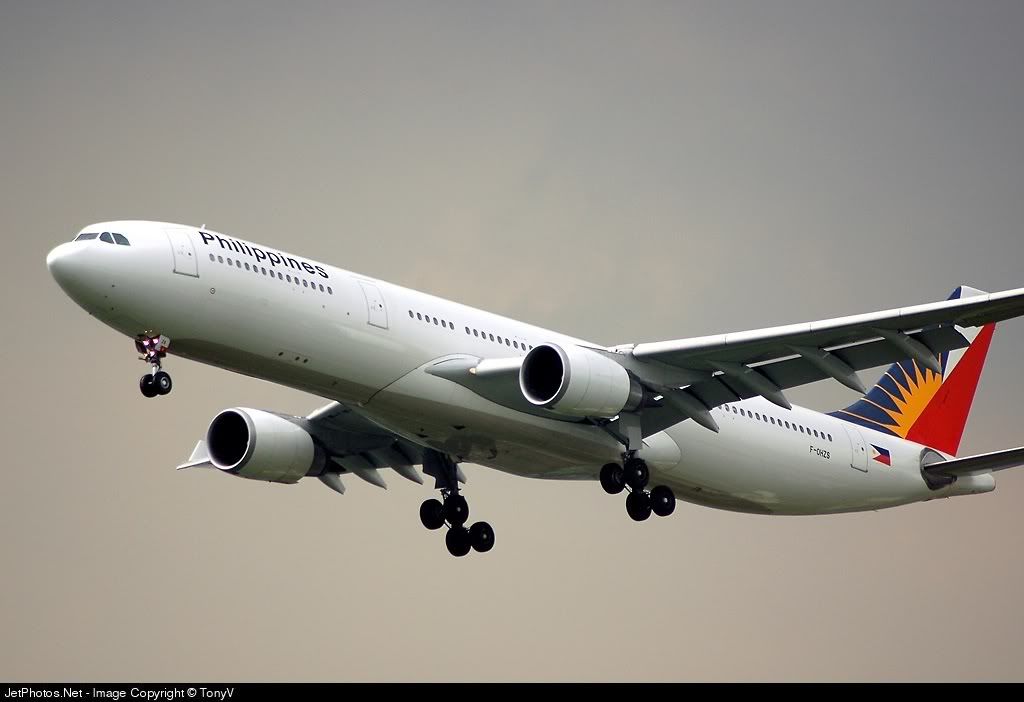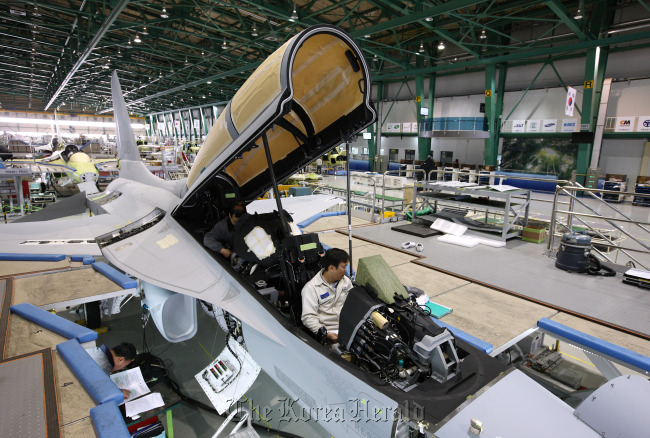August 14, 2012
Philippine President Has Vowed to Upgrade Capital's Much-Loathed Air Hub, but Challenges Could Keep Some Overhauls on Standby
![[image]](http://si.wsj.net/public/resources/images/WO-AK752_PHILAI_G_20120812185020.jpg) |
| Travelers wait for flights at
Manila's Ninoy Aquino International Airport. The run-down and
underfunded air hub is routinely mired in delays and is overly
congested. The government is working on an array of overhauls. |
MANILA—The airport code "MNL"—for
Manila's Ninoy Aquino International Airport—can strike fear into the
hearts of even the most hardened business travelers.
With its long snaking lines, tatty departure lounges and congested,
overlapping runways, Terminal One at Ninoy Aquino is regularly voted as
one of the world's worst airport terminals in online polls. It didn't
help that two people were injured when part of the terminal's ceiling
collapsed last year.
Now, sorting out the problems at Manila's international gateway—along
with many of the Philippines' other notorious infrastructure
problems—is emerging as a top policy priority for President Benigno
Aquino III as he tries to propel his country onto a faster growth track
to compete with better-equipped rivals such as China, Thailand and
Malaysia.
The congestion crisis at NAIA partly reflects a boom in air travel
across Asia. Budget carriers such as AirAsia and Cebu Pacific have
opened up foreign travel to legions of first-time passengers.
Bumpy Ride
Manila's airport has a rocky past and an uncertain future.
-
1981: Terminal One opens.
-
1983: Activist Benigno "Ninoy" Aquino Jr. is shot and killed after arriving at the airport.
-
1991: Terminal One reaches full capacity. Passenger levels continue to grow.
-
1995: Construction begins on Terminal Two.
-
1997: Construction begins on Terminal Three, but is soon bogged down by corruption allegations and legal disputes.
-
1999: Terminal Two opens but is used exclusively by Philippine Airlines.
-
2003: The former air-transport chief seizes the control tower in a protest. He is killed by police.
-
2008: Terminal Three opens for some flights but most international carriers remain at Terminal One as congestion worsens.
-
2012: President Benigno Aquino III announces plans for a fund to help finance improvements at the airport and elsewhere.
Source: WSJ research
But the
delays—around a third of flights leave behind schedule—also expose
chronic underinvestment in the Philippines economy, which analysts say
Mr. Aquino and his government will have to fix in order to build on the
country's strong performance in recent months. Gross domestic product
grew 6.4% in the first quarter from the year-earlier period and the
benchmark stock-exchange index breached records.
For years the Philippines lagged behind China and most of the rest of
Southeast Asia in posting rapid growth. Corruption, bureaucratic
red-tape and poor infrastructure deterred local and foreign investment,
economists say.
Over the past several months, though, Mr. Aquino's efforts to trim
out graft and waste from government spending have helped secure a series
of credit-rating upgrades. Those efforts have reduced borrowing costs
and freed up more government cash to improve rundown infrastructure,
much of which was built during earlier eras of growth in the 1960s and
1970s.
In May, Mr. Aquino announced plans for a new government-backed fund
to help finance infrastructure projects. The Philippines' state-run
pension fund this week said it is ready to pump 50 billion pesos, or
$1.2 billion, into the fund to help build rail links, expressways and
new airports. Another pension fund for state workers aims to contribute
another $300 million to the fund, which will be managed by a unit of
Australia's Macquarie Group. The idea is to select projects that deserve
investment and then use the government funds as a starting point to
attract more private cash, with Macquarie helping spur the projects
along.
Earlier efforts by Mr. Aquino to promote infrastructure—including
other public-private partnerships—have moved slowly. Just one project
for 2 ½-mile road has been bid out since Mr. Aquino was elected in 2010.
The government aims to get the ball rolling on eight other projects
this year, however.
That Manila is even in a position to contemplate accelerating
construction of flyovers and train networks is a sign of fresh
confidence, analysts say. "Our usual limits to growth in the past have
revolved around the government's budget deficit," says Luz Lorenzo, a
Manila-based economist with Maybank Investment Bank. "Now it's the speed
of implementation."
Sorting out the Philippines' air links—especially its international terminals—is one of the biggest challenges.
Its main international airport has been the setting for some of the
most dramatic events in the country's recent history. Mr. Aquino's
father was shot and killed at Terminal One of the international
airport—built three decades ago—in 1983 in still-unexplained
circumstances when he returned to the country to challenge late dictator
Ferdinand Marcos. The airport was later renamed in his honor. Last
year, airport authorities refused to let former President Gloria
Macapagal Arroyo board a plane here. She is now facing trial on
corruption charges, which she denies.
In 2003, the Philippines' former
air-transport chief seized the airport's air-traffic control to support a
failed coup attempt, and was shot dead by a SWAT team. That fiasco
contributed to Manila airport losing its Category 1 status with the U.S.
Federal Aviation Administration, effectively preventing new routes from
opening between the Philippines and the U.S. Other international
agencies quickly followed suit, limiting the Philippines' direct air
links with the rest of the world.
The airport's physical appearance and amenities, meanwhile, have
continued to deteriorate. The website "The Guide to Sleeping in
Airports" (sleepinginairports.net) listed Terminal One as the worst
airport terminal in the world for long transits in 2011. According to
the site, passengers complained about long lines and a vendor who
reportedly was selling water out of used containers and pretending to
break fake seals on the bottles when opening them. "The current
administration should hire a bulldozer and a ramming team and start
tearing it apart," said one reviewer on the site.
Airport officials note that refurbishments have begun and that they
are doing the best they can with the funds they have at their disposal.
There are two other terminals. One is reserved solely for use by
unprofitable Philippine Airlines, while the other is only partially
completed after a long-running corruption scandal and is mostly used for
domestic flights.
"It's all so disorganized," said Brian
Miller, who was hoping to make a Thai Airways flight at Terminal One
recently after waiting to check in for more than an hour. "It's like
nobody thinks we have planes to catch."
Aviation authorities are now improving computer systems to handle
tasks such as tracking the number of hours pilots have flown and
stepping up security to help regain coveted Category 1 status at MNL.
The government is also encouraging airlines to stagger flights where
possible to reduce congestion on Manila's runways, which unlike the
runways at most airports, intersect. That prevents planes from landing
and taking off at the same time, even as demand for air travel surges.
Transport Secretary Mar Roxas says the
government has given the go-ahead to construct two new rapid-exit
taxiways to help quickly clear aircraft from the runway at a cost of
about $14 million. Longer term, though, both the government and
Philippine-based carriers are looking at clearing out from Ninoy Aquino
International Airport. Already under way: A $1 billion expansion of
Clark International Airport in the site of an old U.S. Air Force base.
"The airport sits on a 2,000-hectare
area compared with NAIA's 440 hectares and already has two existing
parallel runways. Clark would be able to handle more passengers and
aircraft at any given time," Mr. Roxas wrote in a recent primer on
Manila's airport dilemma. Already, budget carrier AirAsia's Philippines
unit and other smaller airlines are flying from Clark.
To help get passengers out to the
airport at Clark, which is about 50 miles from Manila's Makati financial
district, a journey that can easily take over two hours, the government
is laying plans for a high-speed rail system. But some analysts say
that project could take years to complete given the difficulty of
executing the necessary land appropriations. Philippine Airlines,
meanwhile, is looking at another alternative: building its own dedicated
air hub.Now half-owned by industrial conglomerate San Miguel Corp.,
Asia's oldest airline is looking at investing in an entirely new airport
complex on some of San Miguel's land just south of Manila's city
center.
A version of this article appeared August 13,
2012, on page A9 in the U.S. edition of The Wall Street Journal, with
the headline: Turbulent Times at Manila's International Airport.


















![[image]](http://si.wsj.net/public/resources/images/WO-AK752_PHILAI_G_20120812185020.jpg)

